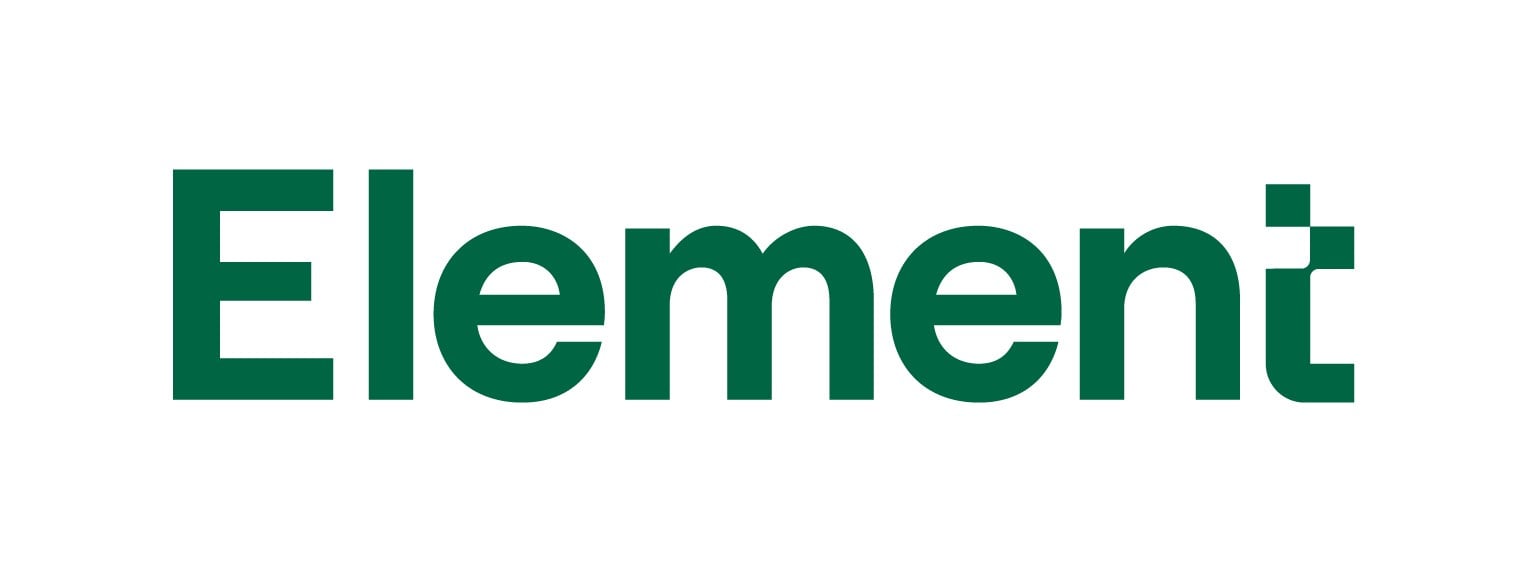
Insulation is extremely important in achieving an environmentally sustainable and comfortable home.
In a home without insulation, the heat will flow into the home during summer and out of the home during winter which means you will be heavily reliant on non passive heating/cooling, e.g. powered heating/cooling. Insulation is basically a barrier between you and the outside world; it protects your house from the elements, makes a house more comfortable, use less energy to maintain comfortable temperatures and can also help control moisture.
Effective insulation can cut around 40% of heating and cooling bills! So with less mould and damp, increased comfort and huge energy savings, lets assume you are on board with insulation and we can move on and look into it a little more.
All Element Homes are completely insulated and use the highest quality products and R ratings available on the market at that point in time. This might sound extreme, but this is necessary to achieve an EER 7 or 8 home. There are many different types of insulation; fibreglass, wool, polystyrene, foam, blanket, batt, roll and blow in. The choice of insulation will come down to the design of the home and the environmental conditions as well availability, cost, renewability and technology.
We often get asked in which areas leak the most energy or benefit the most from insulation. The answer to this question is the ceiling. The ceiling has the largest potential for gains with approx. 30% of heat loss in winter going through the ceiling. The next best area for gains is the walls and windows. In Summer, the ceilings and the windows both contribute about 30% of heat gain in a house without insulation.
One final point the importance to take into account passive design techniques, things like air leakage and shading, otherwise all your insulation could make the house like an oven, holding on to built up heat! We will discuss passive design more in future posts, the takeaway here is that insulation is crucial and well worth the investment, there’s many types available but the main point is that you get the best R rating you can, and finally, insulation should be coupled with other smart design principles to achieve optimal efficiency and ultimately the most comfortable home possible.
Thanks for reading, Dennis.





